Stage 3
- Plus Plan

Multi-Step Word Problem Cards (Division and Multiplication) - Year 5-6
Solve multi-step multiplication and long division word problems with a set of printable maths task cards.
- Plus Plan
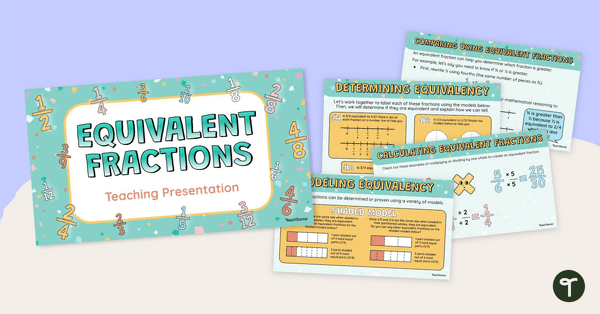
Equivalent Fractions – Teaching Presentation
Teach your students how to find equivalent fractions by using a number line, shaded models or a fraction chart with this teaching presentation.
- Plus Plan
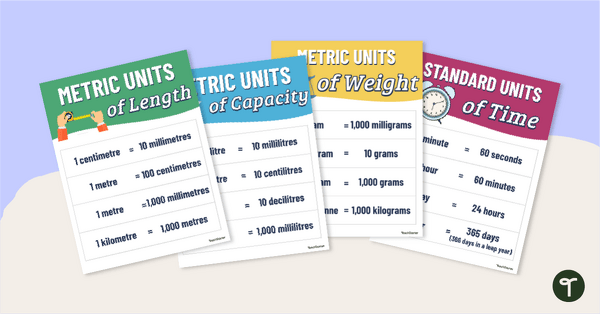
Converting Units of Measurement Posters
Use these posters to assist your students to learn and convert the different units of measurement.
- Free Plan
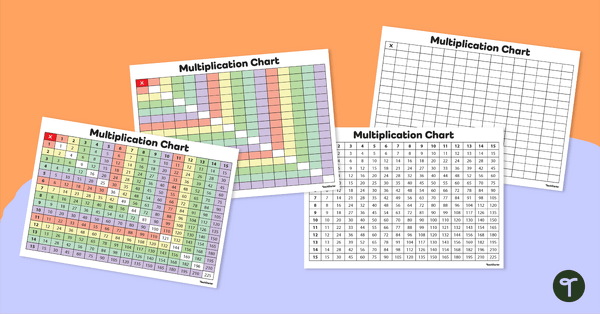
Multiplication Chart
Print a handy multiplication chart for your students — it's free for teachers!
- Plus Plan
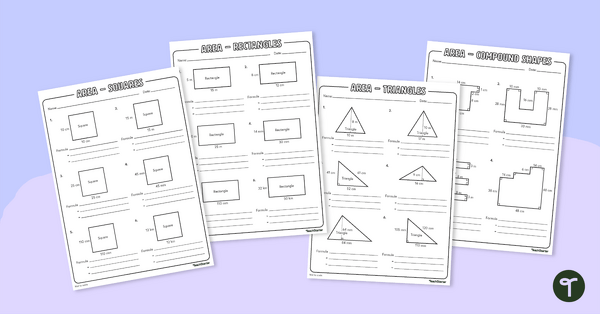
Area Worksheets
4 area worksheets.
- Plus Plan

Telling the Time Poster
Help your students learn to tell the time to the hour, half-hour, quarter, and minute with a printable Telling the Time anchor chart PDF.
- Plus Plan
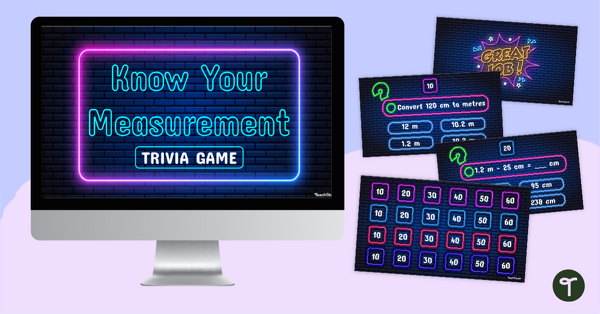
Know Your Measurement Conversions Trivia Game
Practise measurement conversions involving time, length, capacity, and volume with an exciting Know Your Measurement! Trivia Game!
- Plus Plan
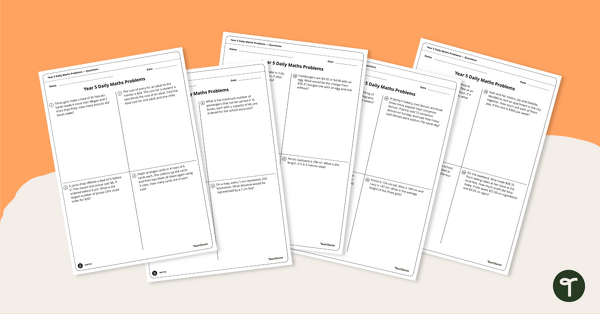
Daily Maths Word Problems - Year 5
A set of 20 problem solving questions suited to year 5 students.
- Plus Plan
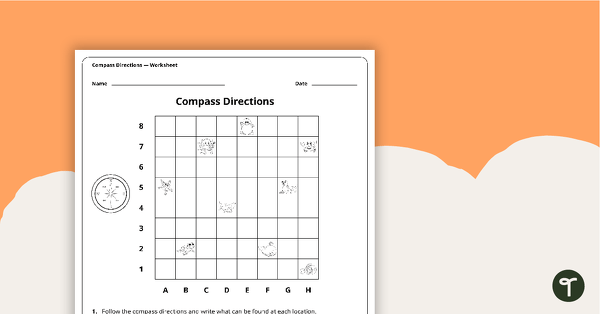
Compass Directions Worksheet
A worksheet to use when exploring grids, grid references and direction.
- Plus Plan
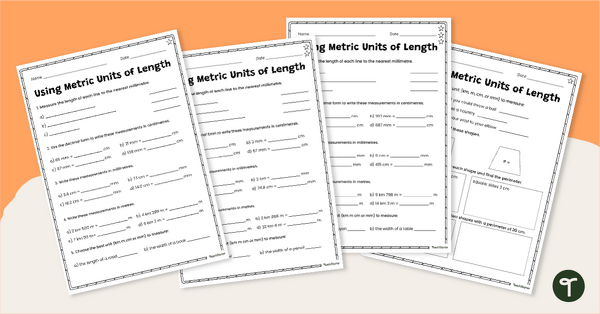
Using Metric Units of Length Worksheets - Differentiated
Use differentiated metric measurement worksheets to practise identifying units, measuring, and converting metric units of length.
- Free Plan
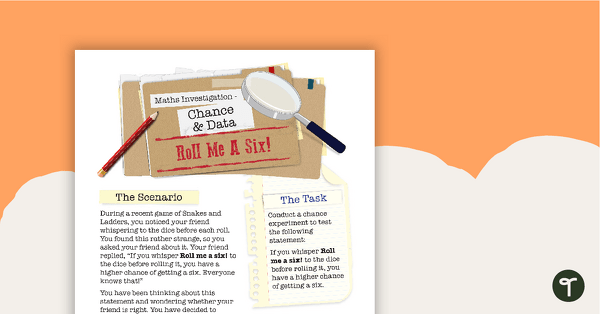
Chance and Data Maths Investigation - Roll Me a Six!
A mathematics investigation involving chance and data, embedded in a real-world context.
- Free Plan

3D Object Properties - Worksheet
Use this 3D Objects Worksheet to assist your students when learning about the properties of 3D objects.
- Plus Plan
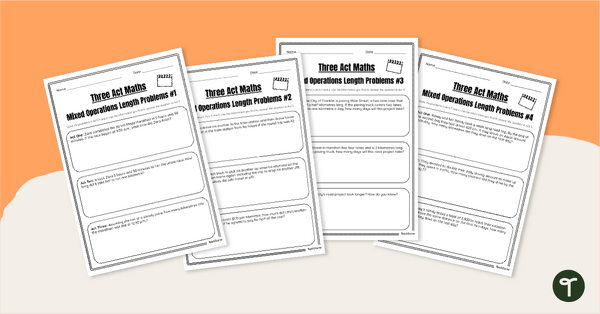
Mixed Operations - Length Word Problems Worksheets
Solve multi-step length word problems with a printable pack of 3-act Maths Word Problem Worksheets.
- Plus Plan
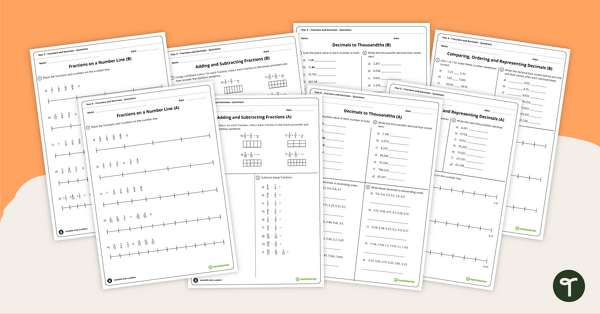
Year 5 Fractions and Decimals Worksheets
Use these fractions and decimals worksheets in your Year 5 classroom for independent practice or as an assessment activity.
- Plus Plan

Money and Financial Mathematics - Upper Years Interactive PowerPoint
An engaging 44 slide interactive PowerPoint to use in the Upper Years classroom when learning about money and financial mathematics
- Plus Plan
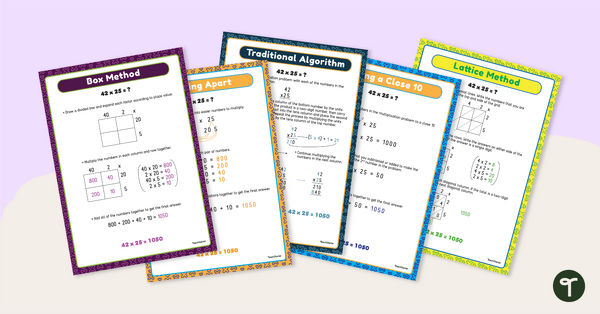
Multi-Digit Multiplication Strategies Poster Pack
Teach your students about different multi-digit multiplication methods with this set of maths posters.
- Plus Plan
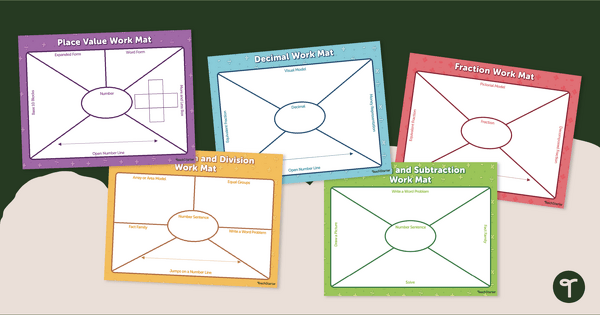
Printable Maths Mats - Graphic Organisers
Practice working on specific math concepts with our set of 5 printable math graphic organisers.
- Plus Plan

Battleships Grid Template
A template to help consolidate students' understanding of coordinates.
- Plus Plan
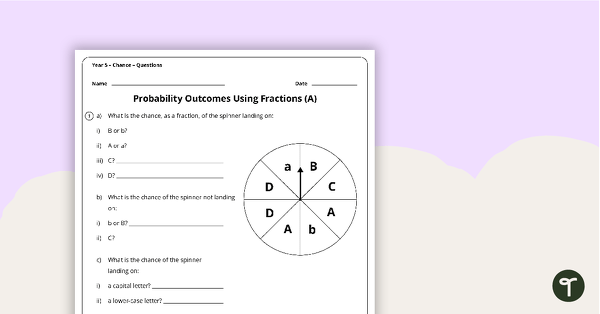
Chance Worksheets - Year 5
4 chance worksheets linked to the Australian Curriculum.
- Plus Plan
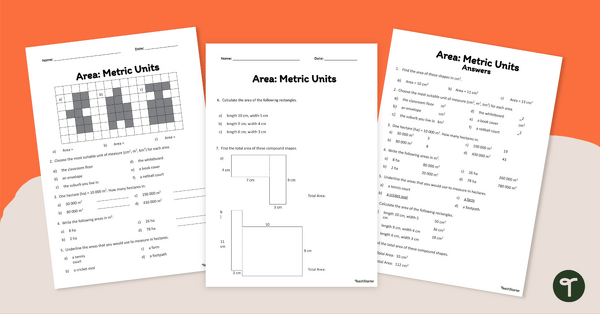
Using Metric Units of Area Worksheets
Use this set of three measurement math worksheets to help your students understand the concept of measuring area in metric units.
- Plus Plan
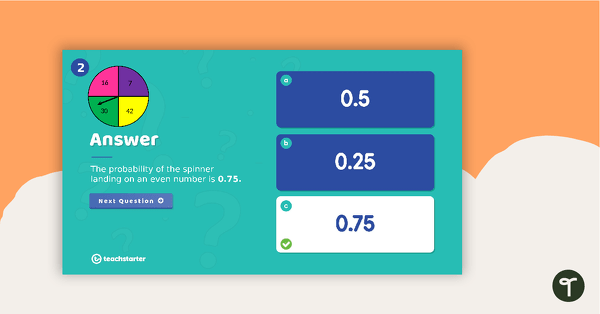
Chance and Probability Upper Years PowerPoint
An engaging 30 slide interactive PowerPoint to use in the classroom when learning about chance and probability in the upper years.
- Plus Plan
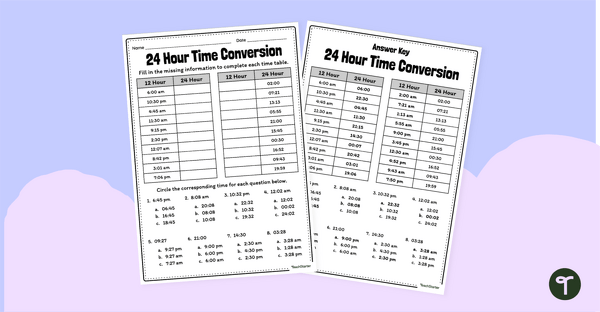
Converting Time Worksheet - 12 to 24 Hour Time
Review how to convert 12-hour to 24 hour time with a printable converting time worksheet.
- Free Plan
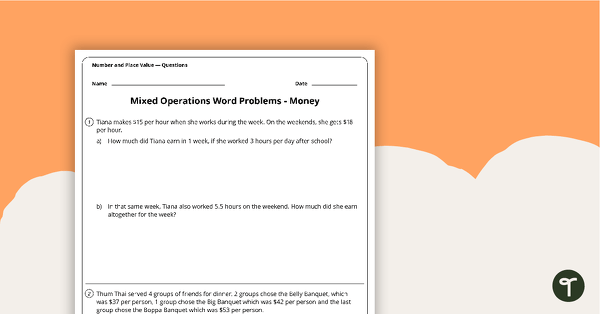
Word Problem Worksheet - Money
Money word problem worksheet with answers.
- Plus Plan
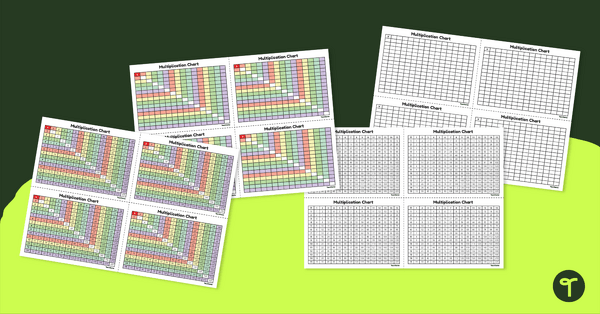
Desk-Sized Multiplication Charts for Students
Download 4 desk-size multiplication charts so every student can keep their own chart handy!
- Plus Plan
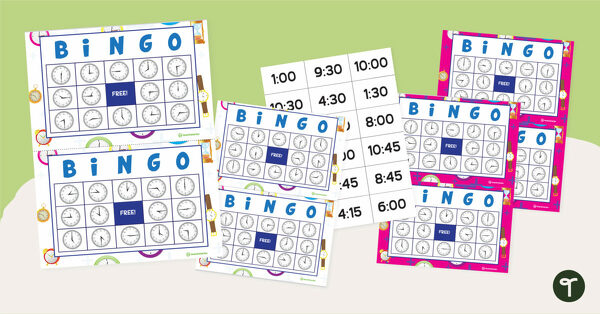
Telling the Time Bingo – Hour, Half-hour, Quarter To and Quarter Past
Play a few rounds of Telling the Time Bingo to practise telling the time to the quarter hours.
- Free Plan
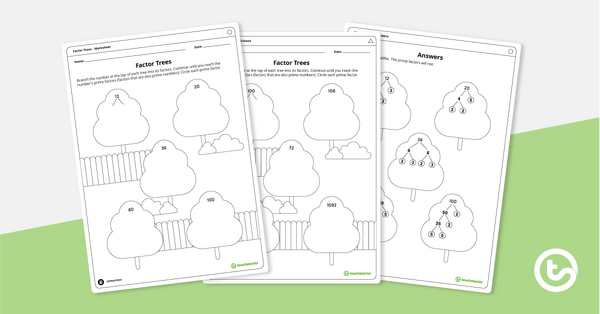
Factor Trees – Worksheet
Find the prime factors of numbers using factor trees with this worksheet.
- Plus Plan
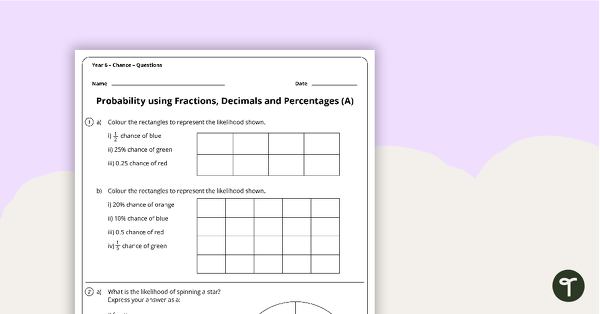
Chance Worksheets - Year 6
4 chance worksheets linked to the Australian Curriculum.
- Plus Plan
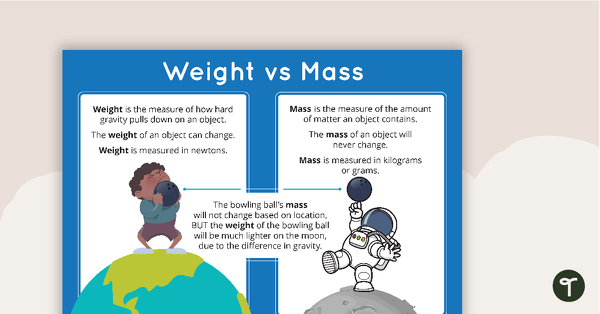
Mass Vs Weight Poster
A poster explaining the difference between mass and weight.
- Plus Plan
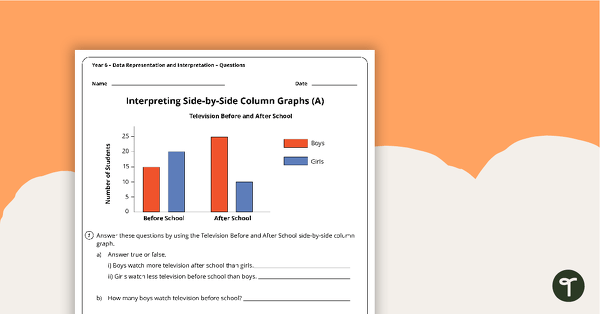
Data Representation and Interpretation Worksheets - Year 6
8 data representation and interpretation worksheets linked to the Australian Curriculum.
- Free Plan
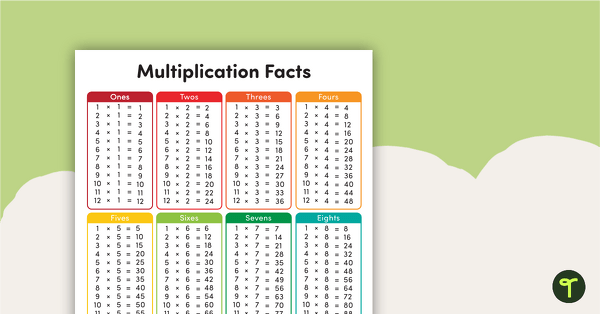
Multiplication Facts Poster
Multiplication facts from 1 to 12 on one poster.
- Plus Plan
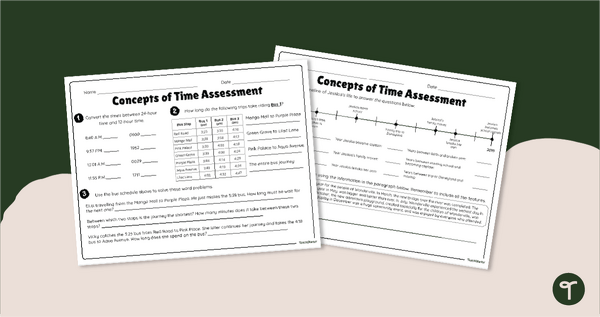
Concepts of Time Assessment - Year 5 and Year 6
Assess your students' knowledge of elapsed time, reading schedules, converting 12 and 24-hour time and reading timelines with a Concepts of Time Test.
- Plus Plan
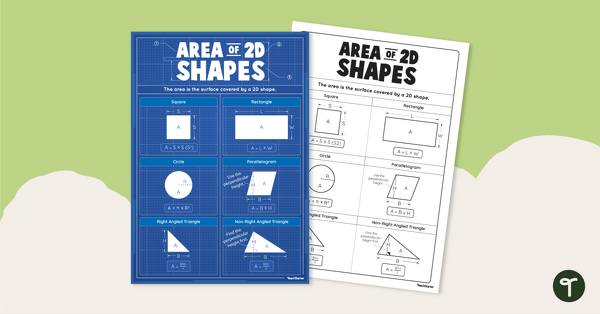
Finding the Area of 2D Shapes Poster
Display this math poster showing the area formula for different 2D shapes during your space and measurement lessons.